You are here
Back to topAustralian Stone Fruits Start to Enter Chinese Market
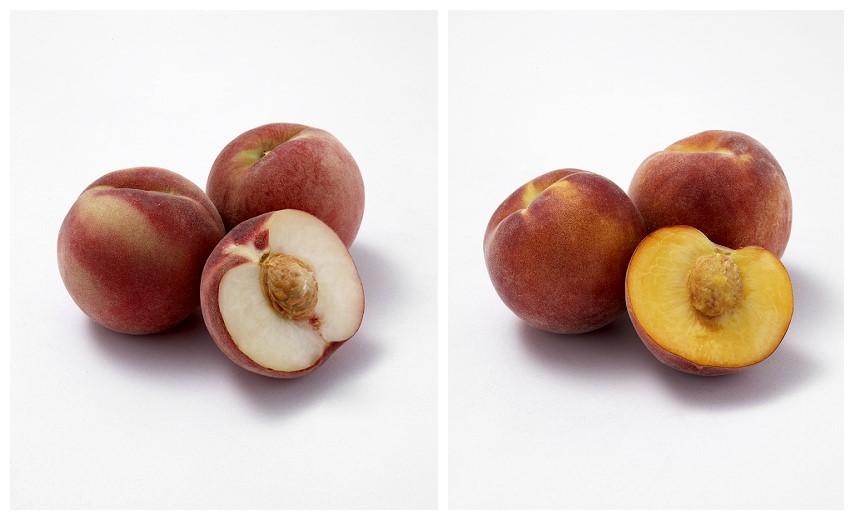
On January 31, John Moore, CEO of Summerfruit Australia Ltd., gave an online lecture to listeners of Produce Report, in which he discussed Australian stone fruits and their recent entry into the Chinese market.
Australia is a major agricultural producer and exporter and has a reputation for growing premium produce with the highest quality and safety standards. Over recent years, the country’s produce exporters have been placing considerable emphasis on expanding into new markets in China and Asia.
Australian nectarines entered China last season and are being followed this year with new access being announced for plums, peaches, and apricots. Australia produces over 125,000 tonnes of these stone fruits annually, including 75,000 tonnes of nectarines and peaches and 25,000 tonnes of plums. The southeastern state of Victoria is the key production area and is responsible for 75% (90,000 tonnes) of the national crop, while South Australia accounts for 9% (10,000 tonnes). While the majority of this produce is currently consumed domestically and only 15% is exported, the growth of the industry is being fueled by this new trade with China.
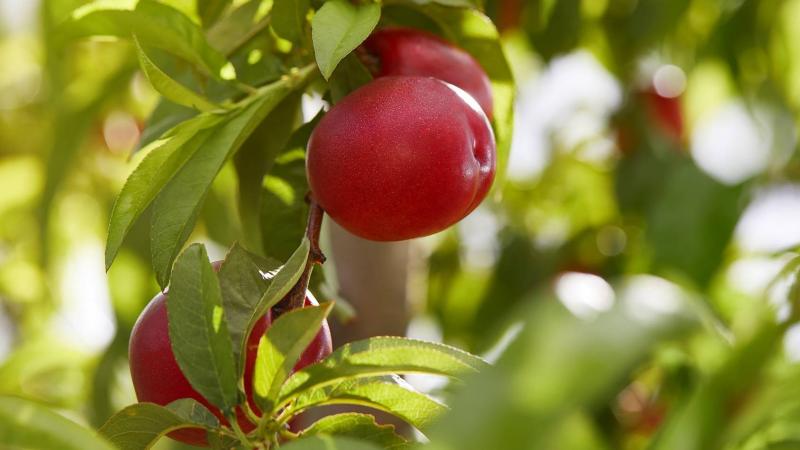
As Australian stone fruit growers harvest their fruit from October to April, they have a counter-seasonal advantage with respect to the Chinese season of May to October. Australian nectarines and peaches are available from November to March and plums are available from December to April. According to Mr. Moore, the country’s wide range of geographical regions allows for a long supply season and ensures the availability of high-quality fruit throughout the season. Australia is also the closest southern hemisphere supplier to China, with typical transit times of 14–19 days by sea and 10 hours by air, ensuring that the produce reaches the customer while still fresh.
The number of stone fruit varieties grown in Australia is hard to assess, but there are estimated to be as many as 500 across all four summer stone fruit crops, with approximately 150 varieties each for plums, peaches, and nectarines. These vary from month to month throughout the season and include both public varieties and an immense range of club varieties that can be sourced from key exporters. The most popular classes of varieties at the moment are yellow nectarines, white peaches, and yellow peaches. The visual appeal of yellow-fleshed nectarines is particularly appreciated in the Chinese market, as confirmed by surveying consumers in Beijing, Shanghai, and Chongqing.
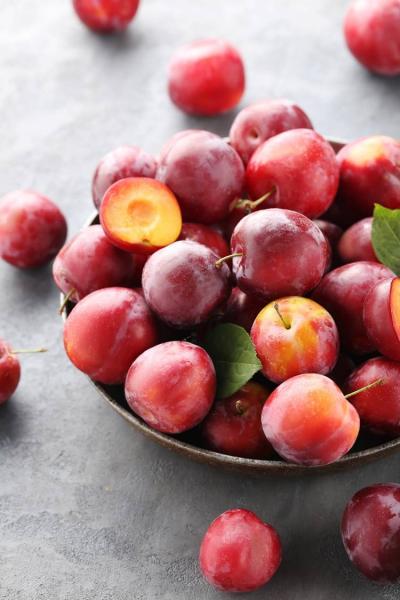
The Australian stone fruit industry is also continuously striving to bring the sweetest and most up-to-date varieties of fruit to the consumer. These efforts include plant breeding projects in both hemispheres, fruit physiology programs to improve the fruit, training and education programs, and collaborative marketing initiatives to increase sales. According to Mr. Moore, Australian growers produce some of the world’s best-quality nectarines and plums and safety is paramount: “Australian producers pride themselves on producing the best-quality fruit in the world.”
Mr. Moore also explained the factors influencing fruit quality, such as how the middle to top sections of the tree afford the sweetest fruit with higher sugar ratios, and the need to educate customers how to best handle stone fruit. In particular, the fruit should be stored in a refrigerator at 0–2 °C to maintain freshness and then brought out 2–3 days in advance to allow it to ripen, and avoiding temperatures of 2–8 °C is an absolute must to prevent the fruit from drying out.
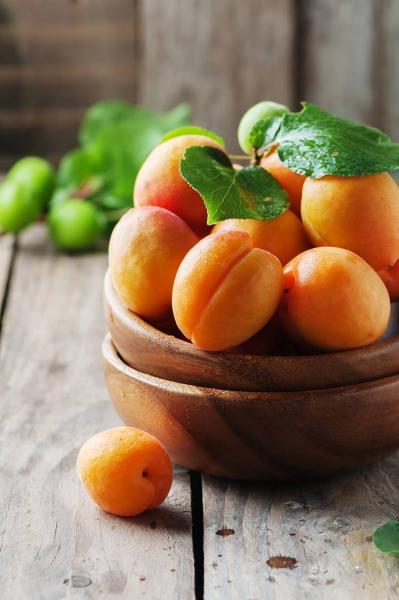
Although the apricot season has just finished, Australian peaches have recently started to arrive in China at ports including Guangzhou, Beijing, and Shanghai. Sugar plums can also now be exported to China but must be transported by sea for this first year. Air shipments are expected to be possible next year, when the industry will be in the position to undertake the requisite quarantine and fumigation methods. There have also been exciting discussions of growing Chinese peaches in Australia to export back to China during the Chinese off-season, bringing fresh Chinese peaches back home to the place where they were first domesticated and cultivated during the winter months.
Image source: Australian Summerfruit



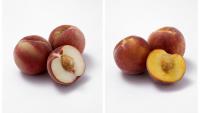
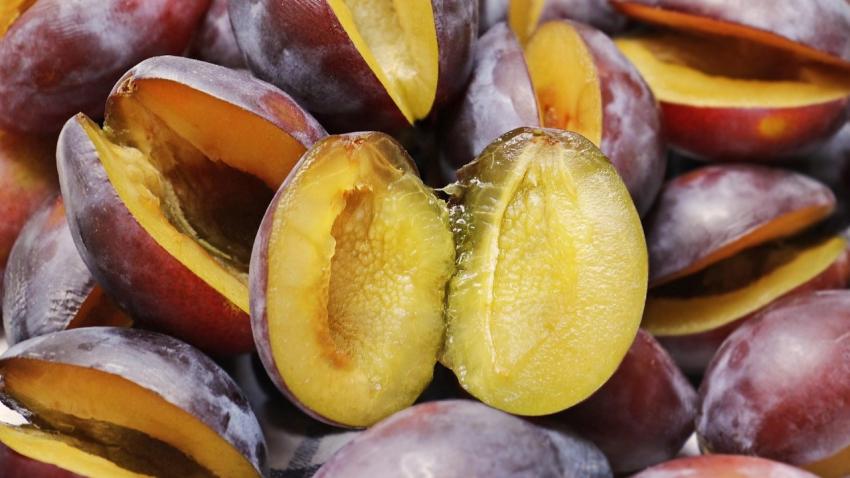
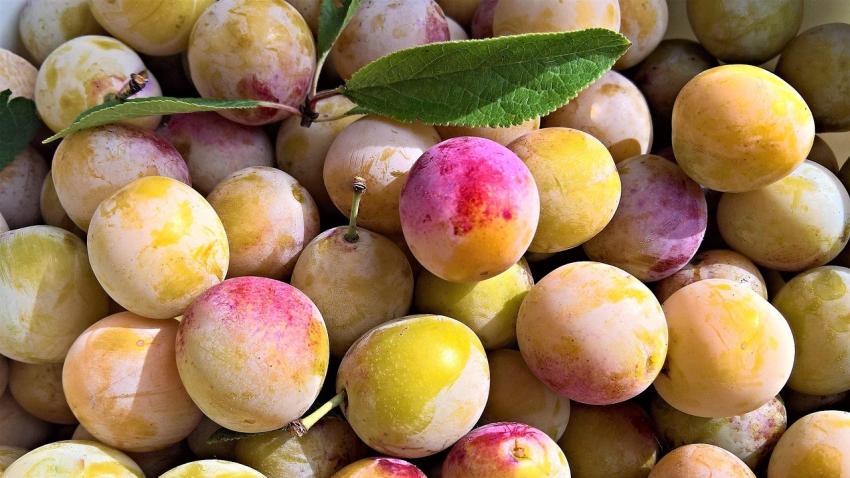
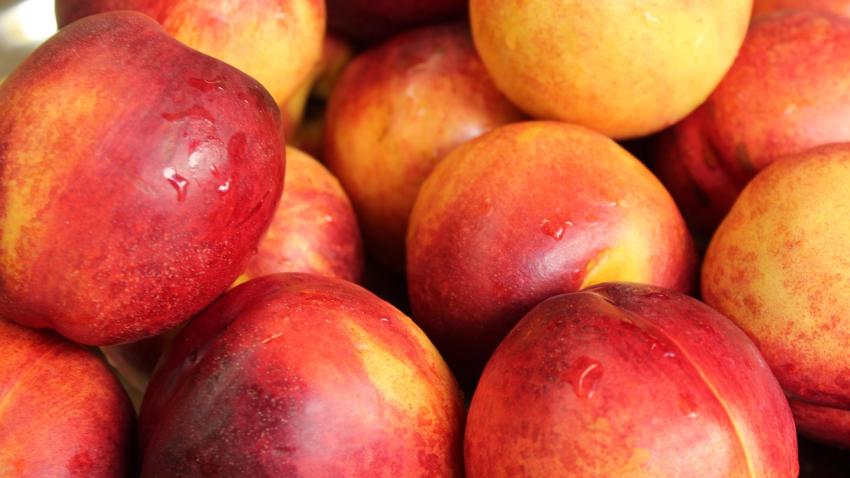








Add new comment